French brand L’Oréal S.A., the largest cosmetics company in the world, adapts to different cultures through its careful study of their target markets. Moreover, the company is known to embrace diversity, providing it with an excellent corporate environment across its different regional offices.
How it all started
The company’s name came from Oréale, a formula for hair dye that was developed in 1909 by a French-German chemist by the name of Eugène Paul Louis Schueller. After manufacturing the hair dye, he sold them to the hairdressers in Paris before deciding to register his company, Safe Hair Dye Company of France or the Société Française de Teintures Inoffensives pour Cheveux.
From the beginning, the company’s guiding rules were innovation and research. From employing three chemists in 1920, it increased to 100 after 30 years. Thirty-four years after that, the company has 1,000 chemists in its payroll. Today, L’Oréal’s research and development department have about 82,000 chemists.
From hair coloring products, L’Oréal soon developed beauty and cleansing products. It continues to innovate and now has more than 500 different brands as well as a thousand more of different products catering to the business of beauty – from hair styling formulations to hair perming solutions, skin and body care, fragrance, makeup and cleansers. Through the years, it has come up with different product lines, from products that can be used by consumers at home, through hair and beauty salons to professional and luxury product lines. It has also acquired various companies, making it truly a giant in the cosmetics industry.
People-centric company
The company is a worldwide business leader. It likewise leads in gender equality in the workplace. According to their corporate website, women employees comprise 69% of L’Oréal’s workforce across the globe. Women hold executive and management positions as well as other key posts in the company.
L’Oréal is very diligent about this, adhering to the equality standards and the strict policies for hiring staff. In 29 countries, the company holds certifications such as the Gender Equality European and International Standard (GEEIS) and Economic Dividends for Gender Equality (EDGE). In 2018, it received the top award as Europe’s most gender-balanced company from Equileap. In the same year, the L’Oréal Group was included in the Bloomberg 2018 Gender-Equality Index. It likewise received the CEO Leadership Award for Gender Equality from the United Nations.
Diversity is an inherent part of the company since its numerous products cater to people from every continent. As such, it designs and markets a diverse set of products to fit the needs of different social and ethnic groups. They put a value on people for their contributions, skills and personal qualities, which is why they are not hesitant to employ people with disabilities. In 2018, 1,117 people with disabilities were in their employ and they continue to encourage disabled persons who have the knowledge and capacity to work to join their workforce.
The company believes in internationalization, but they want to emphasize that in their business, beauty is infinitely diverse, which is where their inspiration to create and innovate comes from. They want to fill the need for the right products according to the specific beauty customs of the local consumers. The Research and Innovation division creates products that will meet the requirements of every consumer, according to his or her habits and lifestyle.
How L’Oréal Adapts to Different Cultures
Part of the global marketing strategies of L’Oréal is to have Research and Innovation platforms in each global region to study and analyze the needs for beauty products of local consumers based on their personalities, local history, cultures and tradition. They want to reach out to the diverse population in each locale, providing them with accessible, high-quality products made for their unique requirements.
1. Adaptability and flexibility
Flexibility and adaptability are just two of the key strengths of L’Oréal. While it is primarily for economic reasons, the company treats winning more and more global consumers as a human adventure. They have to be quick in deploying their company’s assets – administrative teams, human relations, research, marketing, sales and manufacturing, to respond to current needs.
2. Multicultural marketing
L’Oréal adapts to different cultures through multicultural marketing. It is also called ethnic marketing, meaning a company markets to different audiences within a particular ethnicity. This type of marketing practice considers the consumers’ different cultural references such as religion, celebrations, traditions and language. The company should be knowledgeable about the specific consumers’ differences in beliefs, motives and perception. To be successful in multicultural marketing, the company identifies, understands and respects cultural differences. They use these differences to create ways to communicate and adapt their products to the requirements of the local market.
As L’Oréal says, there is no uniformity when serving national and regional markets. The brand should adapt the business models, services and products to the conditions in the specific market.
3. Working team and product adaptability
Local responsiveness and global integration require understanding the complex information to come up with innovative products and market them accordingly. The product creators and the marketing and sales teams should have share institutional and cultural norms as well as language to understand the market, which requires interpersonal coordination fully.
L’Oréal understands this very well, which is why they have an extensive portfolio of different brands for different cultures. They have Shu Uemura for the Japanese product line, Giorgio Armani for the Italian line, Body Shop for the British line (already sold to Natura Cosméticos) and SoftSheen-Carson, Kiehl’s and Maybelline for the American market. They cater to the French market with Lancôme, Garnier and L’Oréal Paris.
It maintains offices in over 130 countries, with more than half of the company’s sales coming from emerging countries such as the Middle East, Africa and the Asia Pacific region. It has maintained its top position in hair color, makeup and skincare.
4. A strong management team
The phenomenal global success of L’Oréal depends on its management team, which is deeply rooted in its original culture. Since the company started, it has only employed French CEOs. Very few senior executives came from outside.
However, as a global company, L’Oréal has several teams of multicultural professionals for product development, which is key to the company maintaining its competitive edge.
5. Maintaining global-local balance
L’Oréal responds to the scale and scope of global economies where their core consumer products are concerned. Likewise, they have to be responsive to the preferences of the local market. It has to sell the L’Oréal Paris brand to mass markets around the world. At the same time, it comes up with new products each year to maintain its market share and hold off competition from many rivals, such as P&G, Unilever, Revlon and Estée Lauder. To do so, L’Oréal spends more than its competition on research and development. While facing and hurdling those challenges, the company has to consider the integrity of their products’ ingredients. L’Oréal has to maintain its status as the global symbol of sophistication and fashion, embodying an ideal image of the customers.
6. A strong international product development team
L’Oréal solved the dilemma of having a tightly knit group of top French executives, administrators and senior managers by hiring global middle management teams. The teams are multicultural, hiring the right teams by considering the individual managers who are familiar with the behaviors and norms of people from different ethnic backgrounds.
Most of them are in the product development teams, where they work on different product concepts. Collaborations, exchange of ideas and proper communication make the system work.
Product development takes about a year to finish before the teams present their concept of the new product at their annual Réunion Internationale.
Team members spend about a year in product development training before they attend management development programs in France. Nurturing their multicultural workforce assures the company in remaining an industry leader. The exposure of regional teams to different cultures and different cultural knowledge present them with many opportunities to create new products as well.
7. Positioning, targeting and segmentation
L’Oréal carefully analyzes consumer demographics in creating its products, to ensure that they are providing the right solutions to the correct targets. They employ various marketing tactics, including segmentation, positioning and targeting to promote and sell their different product lines. For example, the Dark & Lovely brand is specifically for African consumers. The L’Oréal LUXE line caters to the upper-middle and upper-class consumers who consider beauty as their identity.
It is positioned as an ethical beauty care and cosmetics company that respects differences in aspirations, desires and cultures.
L’Oréal has 34 consumer goods and professional brands where several product categories belong. The company has segmented the market, providing products for upper, upper-middle and middle-class customers, many of which are professionals.
8. Widespread distribution channels
Because of the different product categories under the L’Oréal umbrella, the company utilizes different distribution channels to make the products accessible to its different consumers. Depending on the locale and the market composition, the L’Oréal products are available through wholesalers, retailers, groceries, pharmacies, duty-free shops, hypermarts, supermarkets, mom and pop stores and online. The latter is one of the key distribution channels for the company of late, accounting for a sizeable sales growth in recent years.
These are some of the winning and successful strategies showing how L’Oreal adapts to different cultures.
Take a Step Towards Global Business Success – Localize!
One of the many marketing strategies you can employ for your global business success is brand localization. It ensures that your brand adapts to the needs and preferences of the local market. It means presenting your product as a local brand, in terms of language, colors, images, units of measure and more. Day Translations, Inc. is a professional language services company that can help localize your brand accurately. We have a team of experts who are native speakers. They live in-country, which is an assurance of their deeper knowledge and understanding of the nuances of the language but local culture as well, which is part of localization success. Give us a call at 1-800-969-6853 or send us an email at Contact us anytime. We are available 24/7, 365 days of the year.

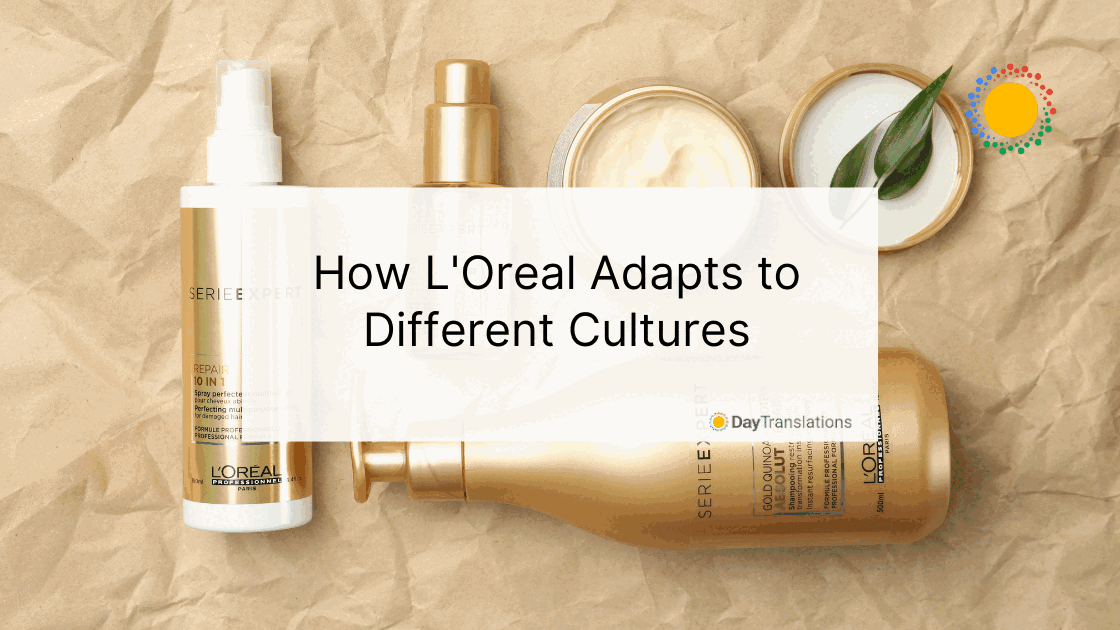
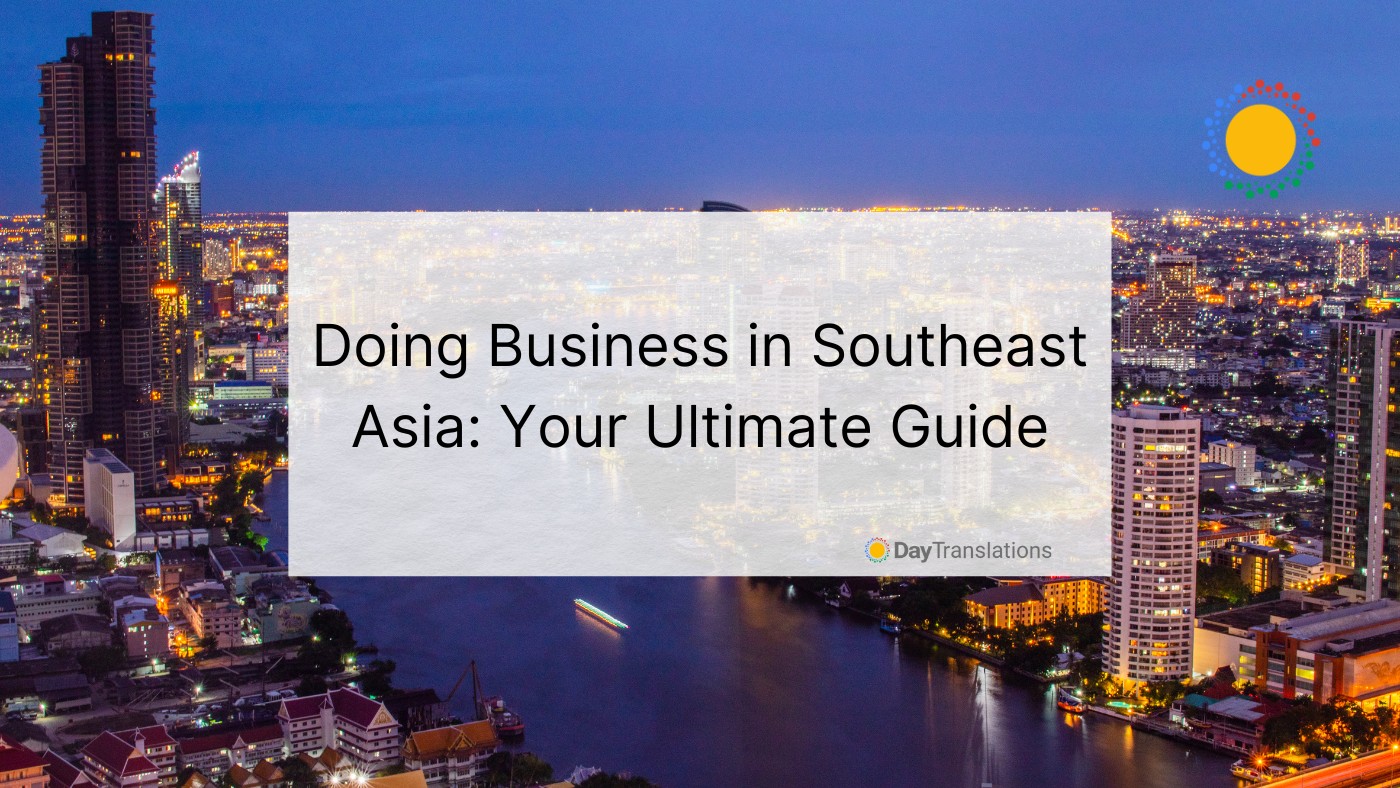
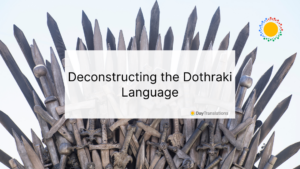
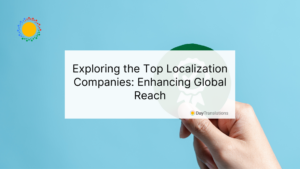
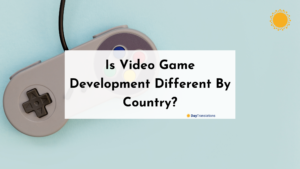








Sorry, the comment form is closed at this time.